Best Pine Shrubs For Your Garden
Title: Best Pine Shrubs for Your Garden
Introduction:
Pine shrubs are a great addition to any garden. They are evergreen, so they provide year-round interest, and they come in a variety of shapes and sizes to suit any space. Pine shrubs are also relatively easy to care for, making them a good choice for even novice gardeners.
In this blog post, we will discuss some of the best pine shrubs for gardens. We will provide information on each shrub's growth habit, mature size, climate adaptability, and other important factors to consider when choosing a pine shrub for your garden.
Main Content:
Here are some of the best pine shrubs for gardens:
- Dwarf Mugo Pine (Pinus mugo): Dwarf mugo pine is a compact, slow-growing pine shrub that is perfect for small gardens. It has a dense, mounded habit and can reach heights of 2-3 feet at maturity. Dwarf mugo pine is hardy in zones 3-7 and prefers full sun to partial shade. It is drought-tolerant and deer-resistant.
- Swiss Stone Pine (Pinus cembra): Swiss stone pine is a medium-sized pine shrub that can reach heights of 10-15 feet at maturity. It has a spreading, conical habit and blue-green needles. Swiss stone pine is hardy in zones 4-8 and prefers full sun to partial shade. It is drought-tolerant and deer-resistant.
- Austrian Pine (Pinus nigra): Austrian pine is a large pine shrub that can reach heights of 20-30 feet at maturity. It has a narrow, upright habit and dark green needles. Austrian pine is hardy in zones 3-8 and prefers full sun to partial shade. It is drought-tolerant and deer-resistant.

- Scotch Pine (Pinus sylvestris): Scotch pine is a large pine shrub that can reach heights of 30-40 feet at maturity. It has a conical habit and dark green needles. Scotch pine is hardy in zones 2-7 and prefers full sun to partial shade. It is drought-tolerant and deer-resistant.

- Jack Pine (Pinus banksiana): Jack pine is a medium-sized pine shrub that can reach heights of 10-20 feet at maturity. It has a spreading, irregular habit and yellow-green needles. Jack pine is hardy in zones 2-7 and prefers full sun. It is drought-tolerant and deer-resistant.
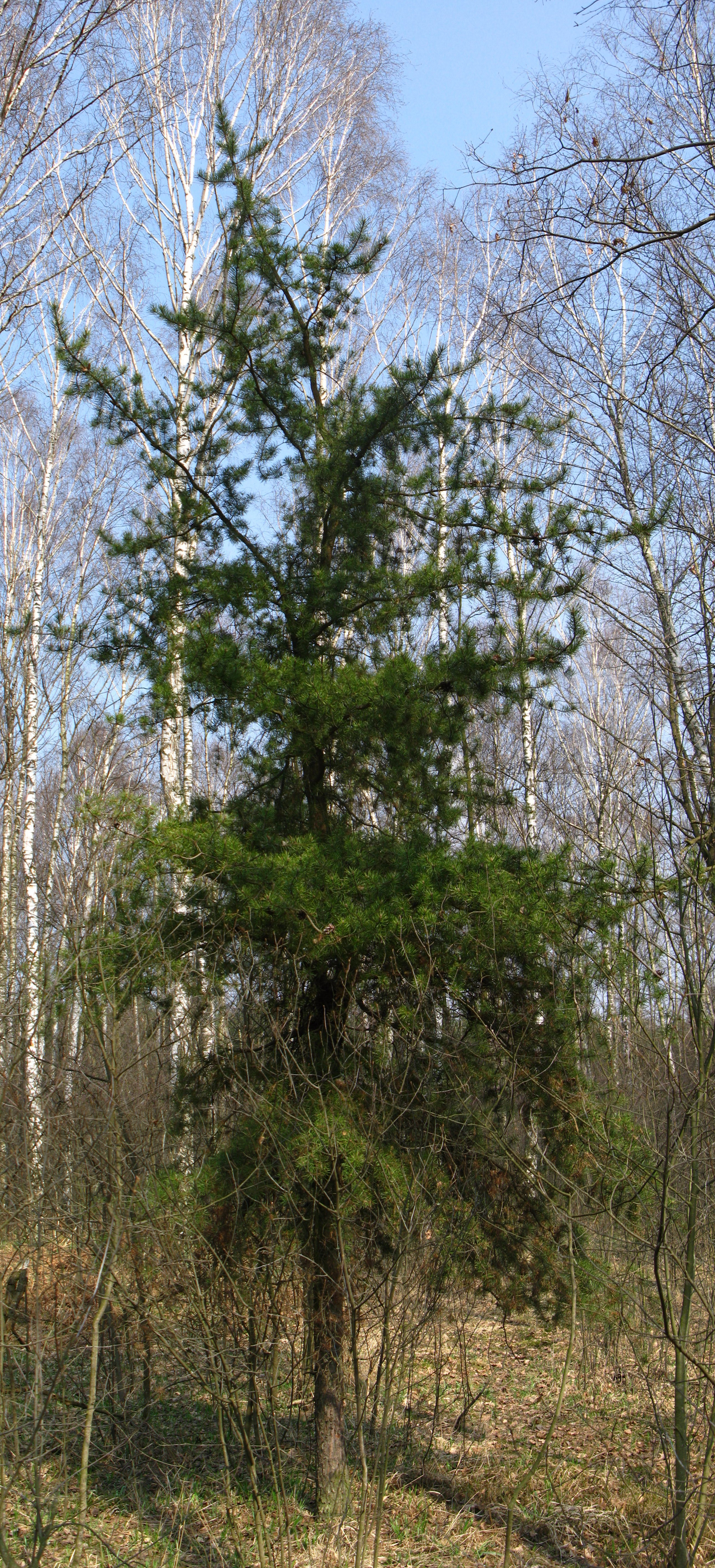
These are just a few of the many great pine shrubs that are available. When choosing a pine shrub for your garden, be sure to consider the mature size of the shrub, its climate adaptability, and its sunlight requirements.
Conclusion:
Pine shrubs are a versatile and beautiful addition to any garden. With so many different varieties to choose from, you are sure to find the perfect pine shrub for your space. With proper care, your pine shrubs will provide you with years of enjoyment.
Pine shrubs are a great addition to any garden, providing year-round interest with their evergreen foliage. There are many different types of pine shrubs to choose from, so you can find one that is perfect for your space and needs. Some popular varieties include dwarf mugo pine, Scotch pine, and white pine.
If you are interested in learning more about pine shrubs, I encourage you to visit Home Gardening. This website has a wealth of information on pine shrubs, including care tips, planting instructions, and a variety of plant profiles. You can also find a list of local retailers where you can purchase pine shrubs.
FAQ of pine shrubs
- What are pine shrubs?
Pine shrubs are woody plants that grow low to the ground. They have needle-like leaves and cones. There are many different species of pine shrubs, and they can be found in a variety of habitats, including forests, deserts, and mountains.
- What are some common pine shrubs?
Some common pine shrubs include:
* Bearberry: This shrub has evergreen leaves and bright red berries. It is found in acidic soils, such as those found in bogs and forests.
* Juniper: This shrub has blue-green needles and small cones. It is found in a variety of habitats, including dry, sandy soils and rocky slopes.
* Pine heath: This shrub has small, needle-like leaves and white flowers. It is found in sandy soils and dunes.
* Shrubby juniper: This shrub has blue-green needles and small cones. It is found in dry, rocky soils.
* White pine: This shrub has long, soft needles and large cones. It is found in moist, sandy soils.
- How do I care for pine shrubs?
Pine shrubs are relatively easy to care for. They need full sun and well-drained soil. They should be watered regularly during the first year after planting, but once they are established, they can tolerate some drought. Pine shrubs are not usually fertilized, but you can add a light layer of compost around the base of the plant in the spring.
- What are some common pests and diseases of pine shrubs?
Pine shrubs are susceptible to a number of pests and diseases, including:
* Scale insects: These insects suck the sap from the leaves of pine shrubs, causing them to yellow and drop.
* Pine needle scale: This insect also sucks the sap from pine needles, causing them to turn brown and fall off.
* Pine wilt nematode: This nematode attacks the roots of pine shrubs, causing them to wilt and die.
* Pine cone gall rust: This fungus causes the cones of pine shrubs to become distorted and discolored.
* Pine pitch canker: This fungus causes the bark of pine shrubs to develop black, sunken areas.
If you notice any pests or diseases on your pine shrubs, it is important to treat them immediately. There are a number of commercial pesticides and fungicides available that can be used to control these problems.
- How do I propagate pine shrubs?
Pine shrubs can be propagated by seed, cuttings, or air layering.
- To propagate pine shrubs by seed, collect the seeds from ripe cones and sow them in a well-drained potting mix. Keep the potting mix moist and the seeds in a warm place. The seeds will germinate in a few weeks to months.
- To propagate pine shrubs by cuttings, take softwood cuttings in the spring or summer. The cuttings should be about 4 inches long and have at least two nodes. Dip the cuttings in rooting hormone and plant them in a well-drained potting mix. Keep the potting mix moist and the cuttings in a warm place. The cuttings will root in a few weeks to months.
- To propagate pine shrubs by air layering, make a cut in the bark of a branch and insert a piece of moist sphagnum moss into the cut. Wrap the moss with plastic wrap and secure it with a rubber band. The moss will help to root the branch. Once the branch has rooted, you can cut it from the mother plant and plant it in its own pot.
Image of pine shrubs
- Shore pine (Pinus contorta): This shrub has a spreading habit and can grow up to 10 feet tall. It has short, twisted needles and brown bark.
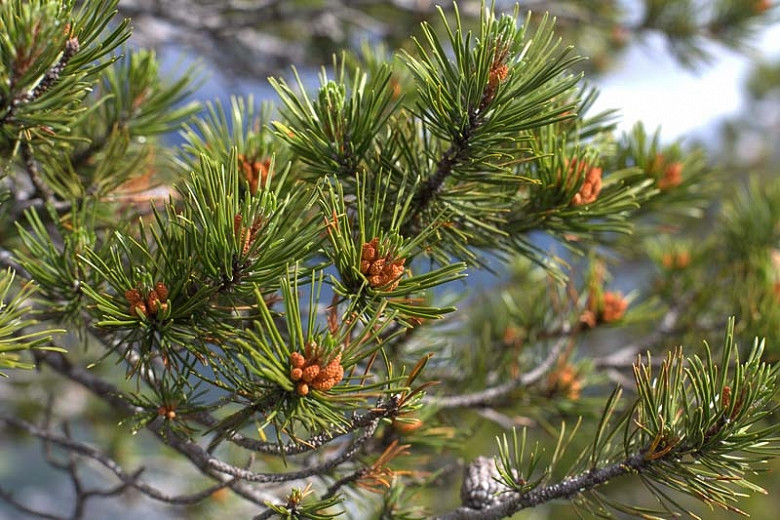
- Creeping juniper (Juniperus horizontalis): This shrub has a low-growing, spreading habit and can reach up to 3 feet tall. It has small, scale-like needles and blue-green foliage.
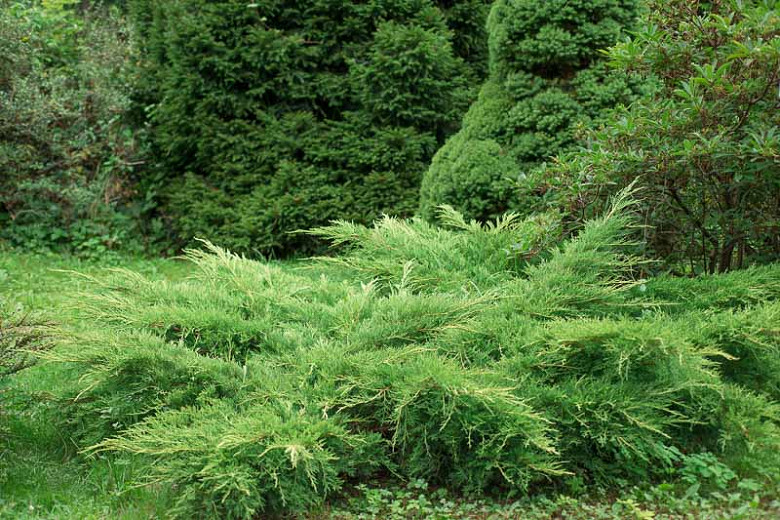
- Dwarf Alberta spruce (Picea glauca 'Conica'): This shrub has a conical shape and can grow up to 6 feet tall. It has short, blue-green needles and gray-brown bark.
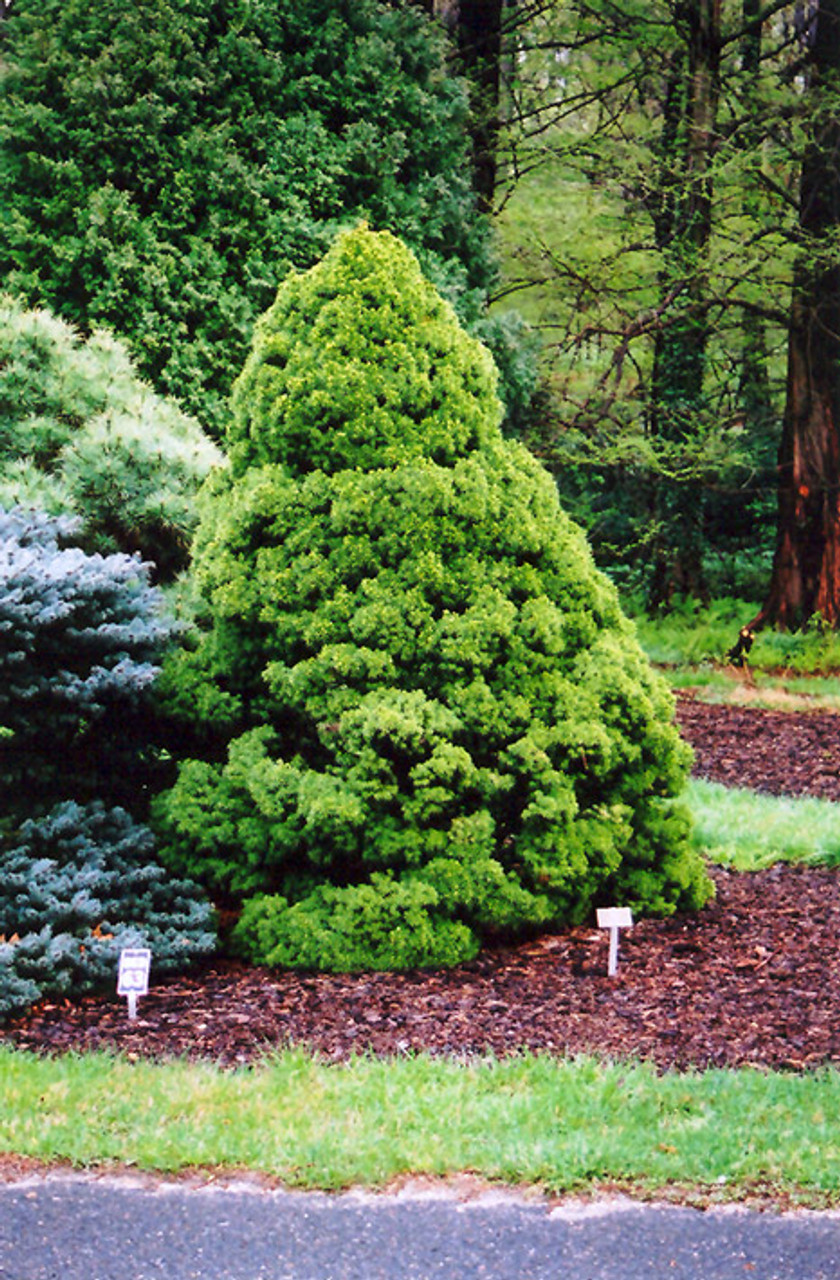
- Scotch pine (Pinus sylvestris): This shrub has a spreading habit and can grow up to 10 feet tall. It has long, dark green needles and reddish-brown bark.
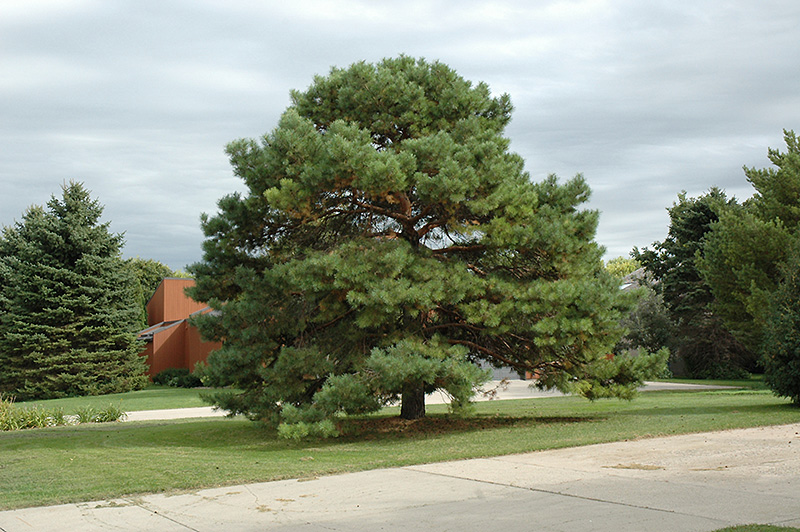
- Dwarf mugo pine (Pinus mugo 'Mops'): This shrub has a rounded shape and can grow up to 3 feet tall. It has short, dark green needles and gray-brown bark.
- Japanese white pine (Pinus parviflora): This shrub has a spreading habit and can grow up to 10 feet tall. It has long, soft needles and gray-brown bark.

- Blue spruce (Picea pungens): This shrub has a conical shape and can grow up to 10 feet tall. It has long, sharp needles and blue-green foliage.
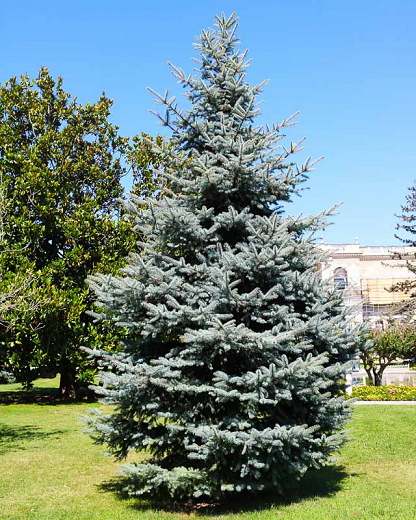
- Italian stone pine (Pinus pinea): This shrub has a spreading habit and can grow up to 20 feet tall. It has long, yellow-green needles and gray-brown bark.

- Shrubby juniper (Juniperus communis): This shrub has a spreading habit and can grow up to 10 feet tall. It has small, scale-like needles and green foliage.
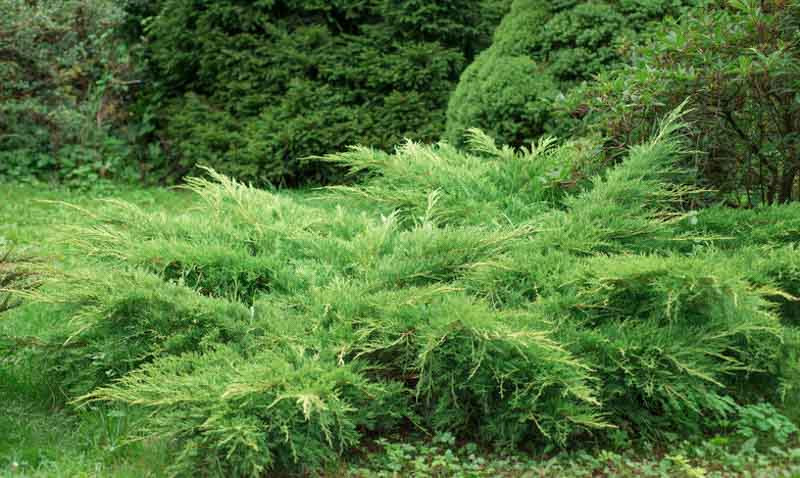
- Dwarf white pine (Pinus strobus 'Nana'): This shrub has a pyramidal shape and can grow up to 3 feet tall. It has short, soft needles and gray-brown bark.


Post a Comment for " Best Pine Shrubs For Your Garden"